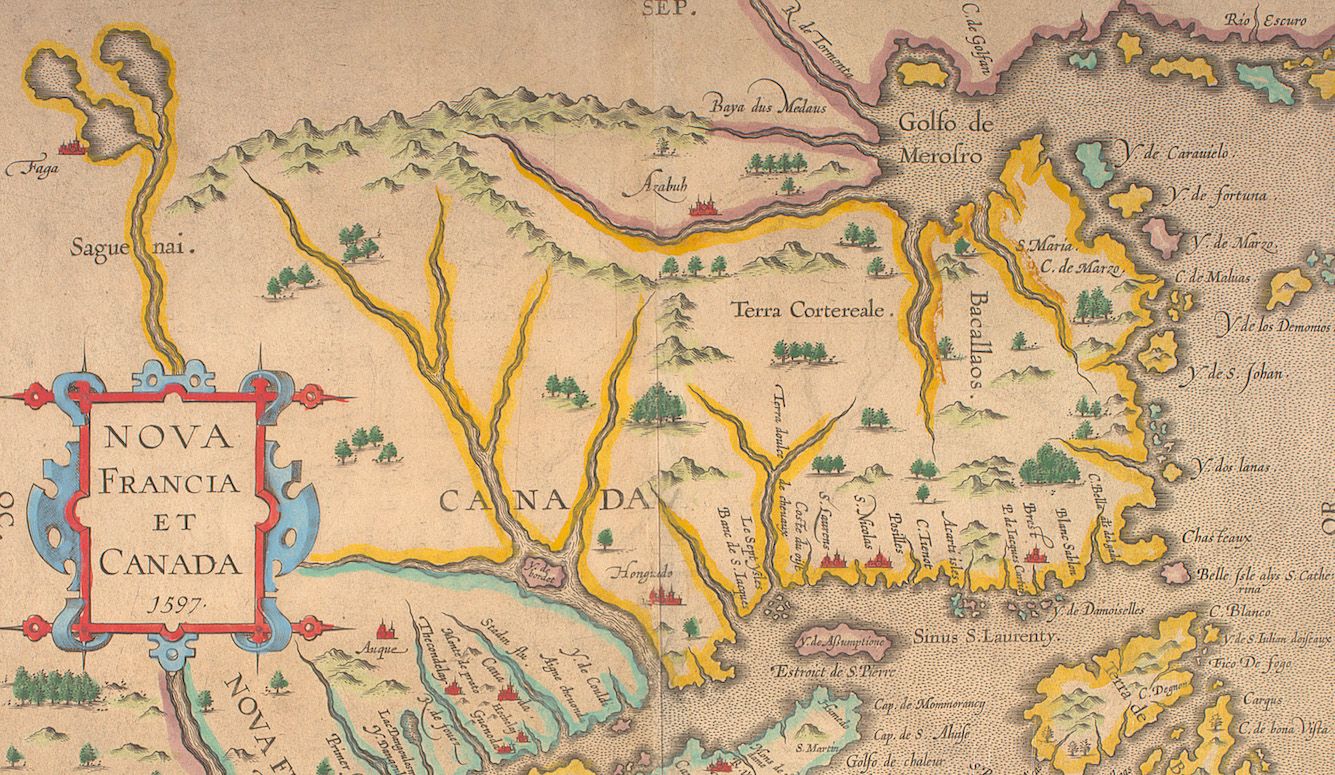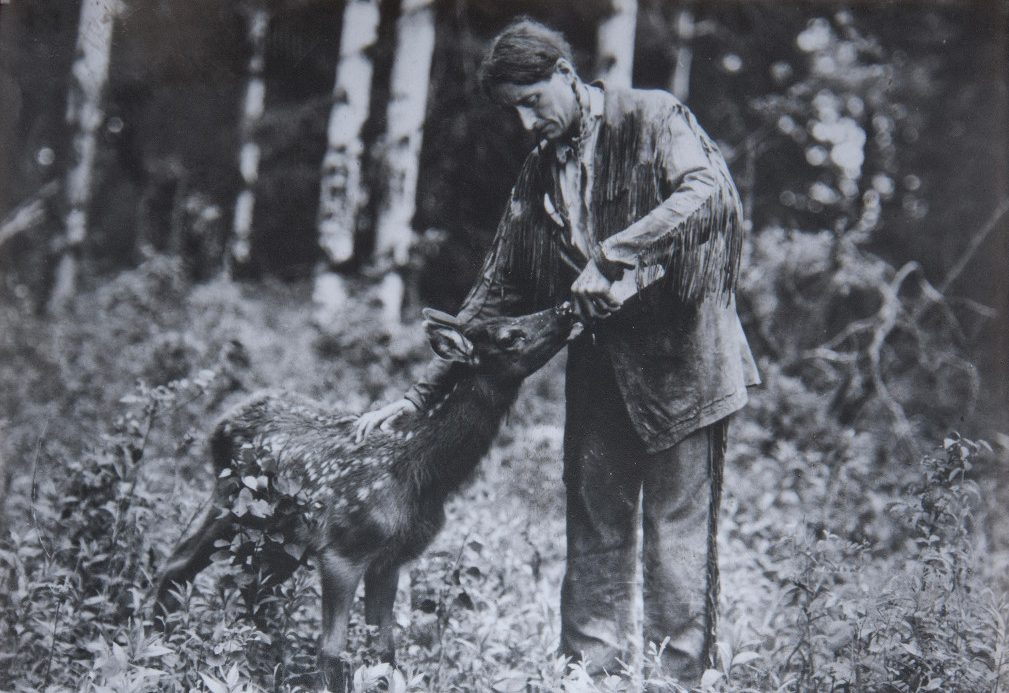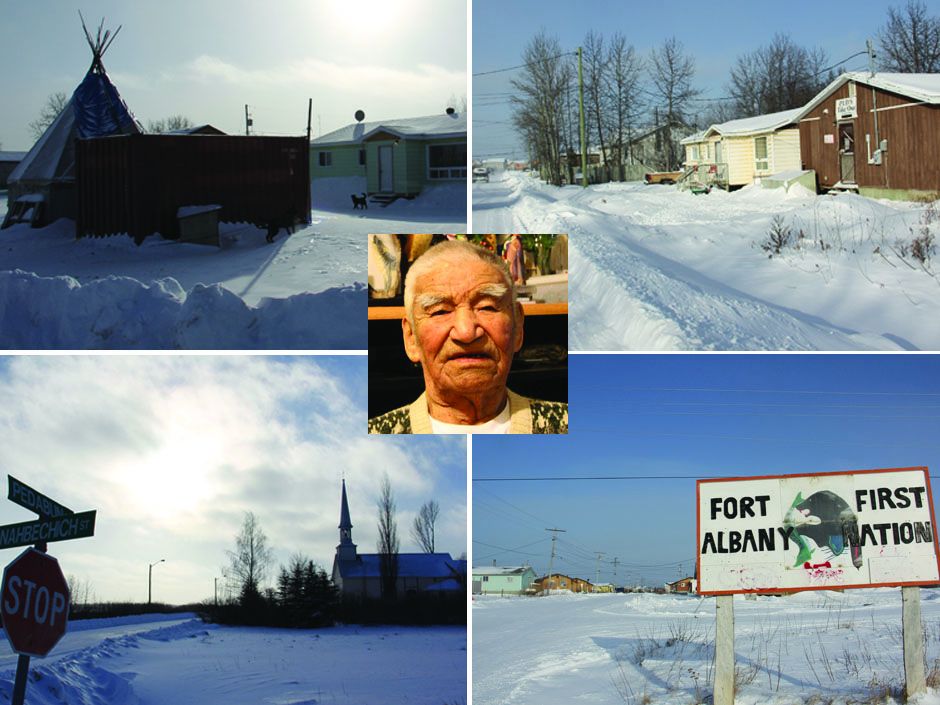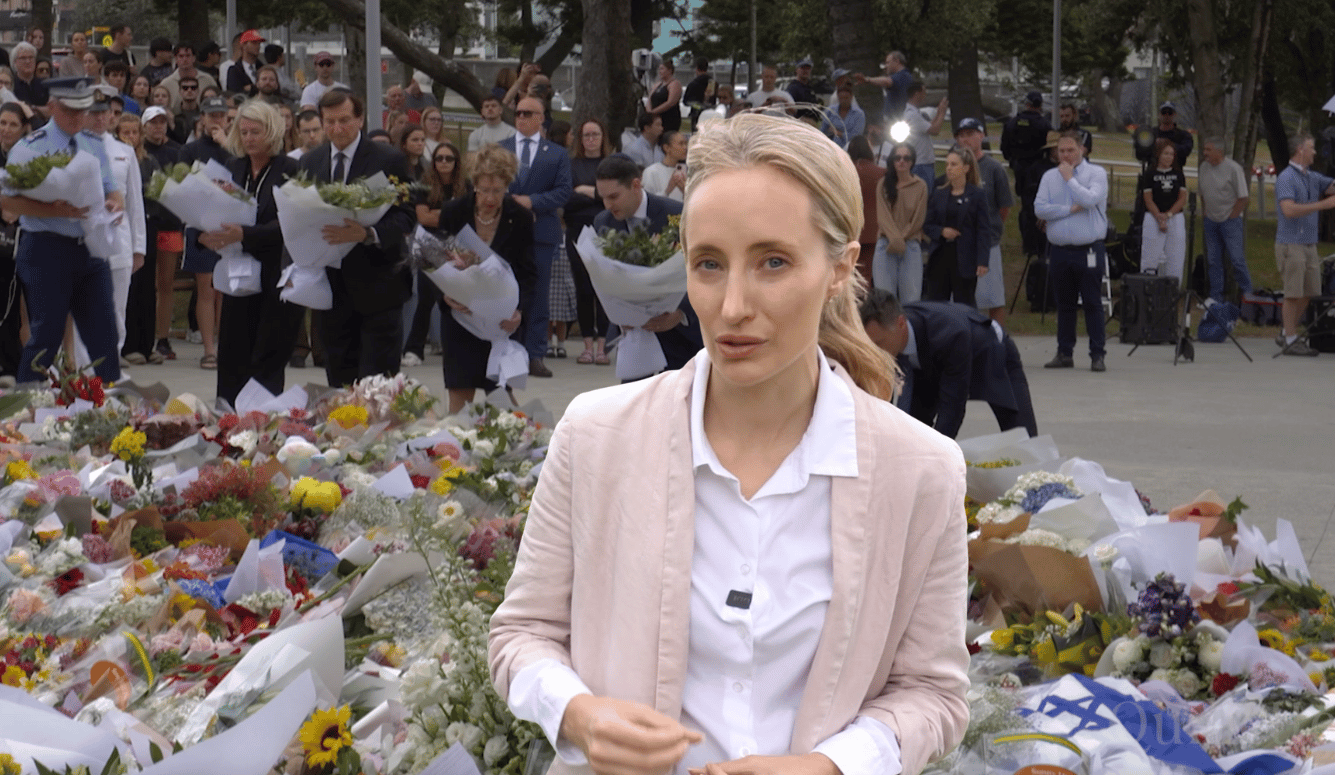Nations of Canada
Introducing ‘The Nations of Canada’
The project that (finally) got me hooked on Canadian history.

When I was a middle schooler growing up in Montreal four decades ago, I was taught almost nothing about Indigenous Canadian history. “Real history” supposedly began when Europeans showed up in boats to build settlements, spread Christianity, catch fish, and make money. Indigenous civilization, on the other hand, was compressed into a few pages, or even paragraphs—these being largely devoted to Indigenous practices that Europeans found instructive (often life-savingly so) in relation to hunting, foraging, and weathering the elements.
As any informed Canadian reader will know, this outdated pedagogical approach has, thankfully, been abandoned. And Indigenous history is now very much centered in most Canadian curricula. When I was a schoolboy, Indigenous Canadians were often lazily lumped together as “Indians” (with a few stray references to “Eskimos,” whom we were taught to essentially think of as Indians in Igloos.) At the very least, my own children have been taught to understand basic differences among Inuit, First Nations, and Métis populations. They are shown examples of the art produced by Indigenous peoples, exposed to samples of their (surviving) languages, taken on field trips to Iroquois longhouses (I live in Toronto now), and given lessons from Indigenous elders brought in as guest speakers.
Unfortunately, this transformation has led to another kind of historical distortion. Because the movement to revise Canadian education has arisen in part from a desire to correct (very real) racial injustices against Indigenous peoples, the lesson plans now contain an overwhelming emphasis on the (again, very real) cruelties meted out by white people—especially in regard to the country’s system of Residential Schools. Make no mistake: These subjects belong in the historical curriculum, and I am not arguing for their removal. But because the themes of cruelty and exploitation are unremitting in schooling on this subject (not to mention in books and journalism), they can elicit a sort of guilt-soaked intellectual numbness among Canadians at large.
In recent years, most of us have become well-practiced at reciting land acknowledgements and similar slogans that attest to an enlightened political posture. But political activism and historical education sometimes operate at cross purposes. The former indoctrinates us, often repetitiously, in some specific, officially sanctioned truth. The latter presumes the existence of more truths yet to be found, and, when done skilfully, enlists us in the search.
What’s more, the movement to center Indigenous peoples in Canadian education often has served to simply center a different kind of white voice—specifically, the white voice seeking to co-opt Indigeneity in the service of progressive political activism more generally. The idea here is that if our society is violent, Indigenous groups offer an edifying case study in pacifism. If ours is patriarchal, theirs is (supposedly) matriarchal. If ours is market-driven, theirs is socialistic. If we despoil the environment, Indigenous peoples are inveterate environmentalists. While there’s a grain of truth to some of these generalizations, they are often extrapolated into the realm of utopian fantasy—with Indigenous peoples portrayed as timelessly innocent and unchanging children of the forest, which is to say, secular proxies for Edenic Christian conceptions of a world without sin.

I’m a white Canadian who lives smack in the middle of Canada’s most densely populated urban area. I have no personal connection to Canada’s Indigenous forebears outside of my journalism. And even white Canadian history often has felt like a remote presence in my life. My own ancestors are European Jews who came to Canada during the 20th century, whereupon they immediately settled in large cities and started up businesses. They came to love Canada for the freedom and tolerance it offered them, but developed no particular interest in studying (let alone revering) the particulars of early Canadian history. And until recently, neither did I.

What sparked a change in my thinking was, of all things, a richly documented historically-themed boardgame that I began playing shortly before the pandemic—one that puts players in the shoes of half-starving Viking and Indigenous war bands attempting to win control of ancient hunting and fishing grounds in Greenland and Newfoundland. The accompanying historical text concerning the region’s Thule (proto-Inuit) people struck me as especially fascinating, because it bypassed all the sentimental, ahistorical clichés about Indigenous life that have become embedded in modern Canadian discourse; and instead got at the real feats of engineering and military prowess that allowed the Thule to not only displace the region’s Dorset inhabitants, but even outlast the Greenland Vikings who’d migrated from Scandinavia.
/pic3936687.jpg)
The narrative captured part of the grand sweep of Indigenous migrations along the huge stretch of land and ice extending from Asia, through Beringia and northern Canada, Newfoundland, Iceland, and on to mainland Scandinavia and back to Russia. The north-to-south peopling of the Americas, likewise, comprised a long and extraordinarily dangerous odyssey that brought humans from Siberia to the tip of Tierra del Fuego. Along the way, these migrants adapted in amazing ways to the climates they encountered; the very opposite of static communities living “timelessly” according to unchanging rites.

Even once these original peoples developed geographically stable societies, they existed within sophisticated trade networks and military alliances that ranged for hundreds or even thousands of kilometres. Well before Samuel de Champlain set up shop along the St. Lawrence River, the Algonquins who’d become his allies were familiar with specialized goods arriving (typically through intermediaries) from the Sioux of Lake Superior, quarried stone from the Ohio River Valley, Wendat furs, and copper from coastal tribes. While everyone involved knew where the rough boundaries between these First Nations existed at any given time, these lines could be fluid, as the rise and fall of leaders and kin groups heralded new political and military opportunities, in much the same way as European powers waxed and waned during the Age of Exploration.
All of this brings me to The Nations of Canada, a 136-episode (as of this writing) podcast series by historian Greg Koabel, which traces the evolution of what is now Canada; and whose transcripts are the basis for a new Quillette essay series of the same name.

I’ve made no secret of my enjoyment of long-form historical podcasts that follow a single subject continuously through time over dozens or even hundreds of instalments—including History of Rome, Revolutions, Twelve Byzantine Emperors, and History of England. All of these titles center on Europe and its immediate periphery (though Revolutions does take excursions to Haiti, Mexico, and South America). As I immered myself in these podcasts, it never occurred to me that my own country, Canada, could offer historical material to match, say, the Roman furies of Marius and Sulla, the French Revolution, the Fall of Constantinople, or the reign of Henry VIII. Canadian history had always seemed small and self-contained to me (except to such extent that Canada figured as a far-flung arena in the wars of France and England). And it was only on the strength of an (on-air) recommendation from History of England podcaster David Crowther that I gave The Nations of Canada a try in late 2022.
Koabel grew up in Ontario, but spent years in England, and also maintains a completely separate podcast devoted to early Stuart England. So he’s not someone who’s coming to us from the inward-looking clubhouse of “Canadian Studies.” Nor is Nations of Canada some sleepy meditation on bilingualism, the Charlottetown Conference, or the Canadian Pacific Railway. Rather, it’s a story of nations—Indigenous and European alike—engaging in a messy, sometimes violent, ultimately world-changing process spanning centuries. Some of the protagonists are people you will know: Champlain, Tessouat, Henry Hudson. But there are also many more: Basque whalers, Bristol merchants, Russian furriers, Icelandic second sons, Dutch bankers, disgraced French noblemen seeking redemption, and meddlesome Jesuits seeking souls. From first to last, this is a global story.
In many cases, the most fascinating historical dramas that Koabel relates concern the interplay among Indigenous groups. Notwithstanding the stereotype of noble savages gazing in mixed terror and wonder at the newly arrived Europeans disembarking from their ships, First Nations chiefs seized quickly on the practical question of how to monopolize the shiny new goods these shorter, fatter, clumsier, paler men (for so they appeared) would be injecting into the local economy. The idea that capitalism was somehow an affront to the Indigenous mind is very quickly dispensed with in The Nations of Canada: When Spring came to Tadoussac in the 16th-Century, Indigenous merchants made a point of waiting till the harbour was packed with European ships before commencing the sale of furs, the better to ensure that captains would bid one another up for the best pelts.
On a political level, meanwhile, the Innu tried to convince Champlain to treat them as indispensable middlemen en route to the Algonquins; and the Algonquins, likewise, en route to the Wendat. A wonderful (and somewhat amusing) subplot here is that these groups often would spin tall tales to Champlain about the supposed ferocity of one another, to discourage the French explorer from making direct contact with rival groups further upriver. At times, Koabel even had me laughing out loud. In these moments, I thought to myself how much more enjoyable it is to learn about Canadian history (or any kind of history, in fact) when you don’t feel like you’re being hectored or prosletyzed. For if Koabel has any kind of politcial agenda, he hides it well.
Broadly speaking, there are two accusations that one often hears levelled at the telling of Canadian history. First, that it is parochial, and therefore dull. Second, that it is biased, either by telling the story of Canada from a racist and blinkered Eurocentric perspective, at Indigenous expense; or, more recently, from a politicized (faux) Indigenous perspective, at the expense of historical accuracy and audience interest. By taking a global perspective, and hewing to facts instead of politics, Koabel has managed to defy expectations in both respects. And it’s my delight to help his work find new audiences. Quillette readers can find the first instalment of The Nations of Canada, and all future episodes, by following this link.








